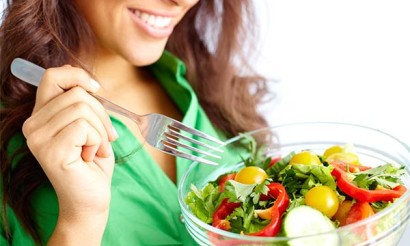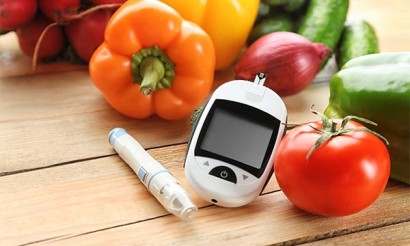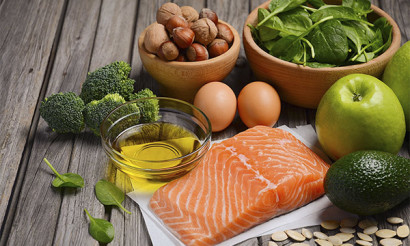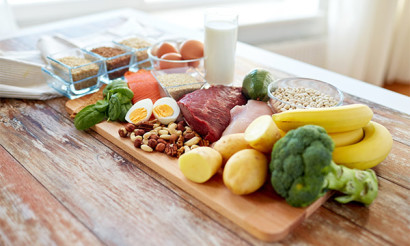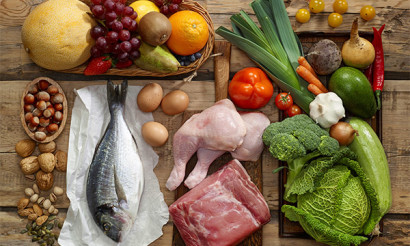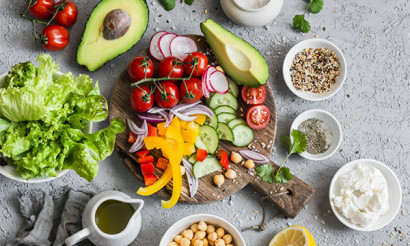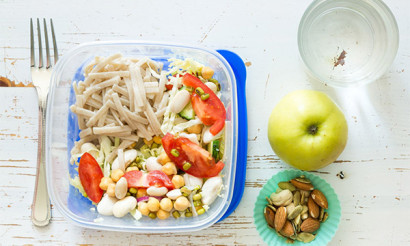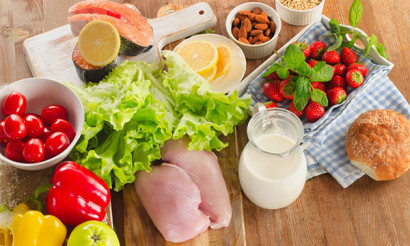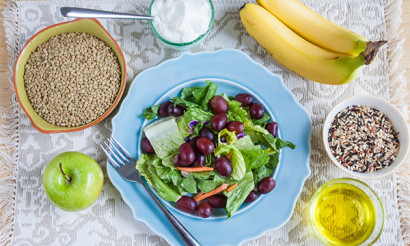Nutrition and diets for psoriasis: what you can and can't eat?
Psoriasis is a congenital autoimmune disease that requires a long and difficult treatment. During the course, it is very important to follow a proper diet. The consumption of food triggers very complex processes in the body for the breakdown and assimilation of necessary elements. A disorder of the correct metabolism can lead to an aggravation of the disease and worsen the state of health. It can also manifest as complications of concomitant chronic diseases.
- What this disease is
- Dependence of nutrition on the type of disease
- What you can eat with psoriasis
- What you can't eat with psoriasis
- What you can and can't drink with psoriasis
- Diets in psoriasis
- Exclusion of allergens from food
- Diet Against Obesity
- Healthy Eating for the Cardiovascular System
- Nutrition to reduce inflammation
- Gluten-free diet
- The Pegano diet
- The Ogneva Diet
- Food Recipes for Psoriasis
- Fish cutlets in the oven
- Meat Muffins (Chicken)
- Stewed carrots with apples and celery stalks in the Multicooker
- Avocado salad
- Stewed cabbage and turkey in the multicooker
- Cold soup
- Homemade yogurt
Following a diet plan helps you avoid many problems. Some foods can even reduce inflammation in the skin, thereby favorably influencing the course of the disease in a person.
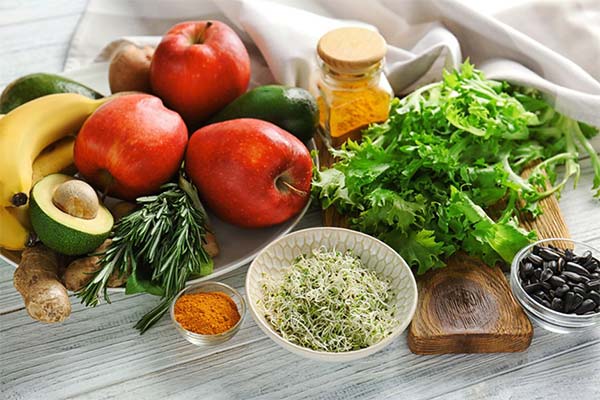
When a person goes into remission, following the basics of a healthy diet will help to extend this time and consolidate the positive result. Consumption of the recommended foods and the exclusion of prohibited products also helps to improve the immune system, which has a positive effect on health.
It should be remembered that each case has its own list of recommended and prohibited products, which depend on the individual characteristics of the human body.
What is the disease
Psoriasis is a chronic disease, which is usually manifested by inflammation of the skin. The course of the disease has a wave-like character, it can aggravate or subside. Periods of remission may be short or last for several years.
Approximately 3-5% of the world's population has the disease. Women and men are equally susceptible to the pathology. The first symptoms most often appear during puberty, before the age of 20. In women, the disease usually appears a little earlier than in men. But studies show that psoriasis may appear at absolutely any age, even in older people. There is a congenital disease.
This disease is quite common. Scientists have been studying it for a long time, but it still remains one of the most mysterious. It has been established that psoriasis is a pathology, the predisposition to which is inherited. Almost half of patients pointed out that somebody had had psoriasis in their blood relatives. They also found out that the disease can develop in people who are not genetically predisposed. Causes of the appearance of disorders in the body, as well as factors that can provoke an exacerbation, are long-term stress, reduced immunity, including after the disease.
The most common symptom of psoriasis is the formation of psoriatic plaques on the surface of the skin. These are inflamed areas of red or pink, which are covered with a layer of whitish scales. Plaque formation is often accompanied by intense itching and painful sensations. Such areas of skin may crack and bleed.
Psoriasis is not contagious. This disease brings the patient physical and moral suffering. It is especially hard to bear psoriasis on the scalp, as it is impossible to hide it under clothes. Rashes most often appear on the elbows, hands, on the site of hair growth on the head. But other areas of the body, including the nails, may also be affected.
Treatment of psoriasis is very difficult. It is difficult to predict what results it will produce. The period of exacerbation is abruptly followed by a long remission. The disease can also suddenly return again. It is necessary to avoid stress and factors that can lead to the recurrence of symptoms, try not to get sick, lead a healthy lifestyle. Observing the basics of a proper balanced diet also plays an important role in this process. During an exacerbation, it is necessary to strictly adhere to dietary recommendations. When remission occurs, it is also worth continuing to control your diet, because often an imbalance in nutrition leads to an incorrect metabolism and may provoke a relapse.
Dependence of nutrition on the type of disease
There are different forms of psoriasis: pustular, vulgar, on the feet, nails, hands, head. They all have their own symptoms and distinctive features. Also, the occurrence of the disease may be associated with a variety of problems. But the form of the disease itself does not affect the type of diet and the diet that a person needs to follow, both during treatment and in remission.
The diet and nutrition regimen depends to a greater extent on the individual characteristics of the body and the accompanying diseases. Intestinal problems often occur together with psoriasis, so some patients may not be able to digest dairy products or those containing gluten. Most people are contraindicated to nightshade crops, including tomatoes and potatoes. But some people have no reaction to these ingredients.
Making a dietary decision should take place together with a doctor and a nutritionist, because a correctly chosen menu has a positive influence on the result of treatment.
What can be eaten with psoriasis
Since psoriasis is connected with metabolic disorders, the diet has a strong influence on the general state of health and the course of the disease. The consumption of food triggers a complex process, the purpose of which is to break it down into the necessary elements. When the proteins of some foods are metabolized, the environment becomes acidic, while others become alkaline. An alkaline environment is necessary to significantly reduce the inflammatory process and to alleviate the overall condition. Therefore, foods that oxidize the body are removed from the diet, and priority is given to those that form an alkaline environment during processing.
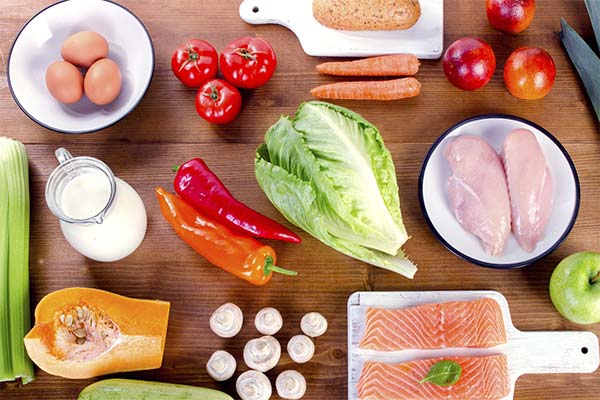
Consuming the right foods restores the metabolism, improves the quality of sleep, the general condition of the body, and restores the nervous system. This greatly helps to alleviate symptoms and contributes to a better effect of medications and other treatments.
Recommended foods for psoriasis include:
- Lean dairy products. These can be soft cheeses without spices and flavors, sour milk, ryazhenka, jam, kefir, yogurt without fillers and sugar.
- Boiled hard-boiled eggs or light omelets.
- Lean meats such as turkey, chicken, rabbit, lamb, or lean lamb.
- Fatty fish containing omega-3 fatty acids - salmon, sardines.
- Whole-grain bread (it is not recommended to use freshly baked product, it is better to dry it a little).
- Cereals and cereals from them - buckwheat, wheat, millet, corn.
- All kinds of vegetables, except nightshade crops (tomatoes, peppers, potatoes, eggplant).
- Fruit and dried fruit. Of citrus fruits, only grapefruit is allowed. Banana, melon and apple should be eaten separately from other products. It is better to eat apples baked or slightly poached in water.
- Different kinds of nuts and seeds (hazelnuts, cashews, pistachios, walnuts, pumpkin seeds and sunflower seeds).
It is also necessary to observe the ratio of foods in the diet.
Seventy to eighty percent of the daily diet should be:
- Water - 6 to 8 glasses.
- Vegetables. It is better to give preference to fresh or freshly frozen. It is better to give up canned foods. They should also be steamed, poached, stewed, or cooked in the oven. Recommended vegetables: beets, broccoli, asparagus, white cabbage, cucumber, garlic, onions, zucchini, pumpkin, green beans. Corn, mushrooms, dried peas, beans, and lentils are also allowed in small quantities.
- Fruit. It is worth choosing fresh, fresh-frozen, steamed or cooked in the oven. Recommended fruits include apricots, figs, grapes, grapefruit, nectarines, mangoes, peaches, pineapples, and kiwi. Baked apples are allowed. It is also allowed to eat dried fruits and some berries. Avocados and plums may be eaten occasionally. Fresh apples, melon and bananas should be eaten separately from other products.
From 20 to 30% of the daily diet consists of:
- Grains: buckwheat, oats, wheat, millet, rye.
- Fish. It should make up most of the animal proteins. It should be eaten 3-4 times a week. Allowed species include tuna, cod, mackerel, flounder, halibut, perch, salmon, sardine, and sturgeon.
- Poultry. Lean meat, chicken, turkey, partridge - no more than 3 times a week.
- Meat. It is possible to eat only mutton and lamb.
- Lean dairy products.
- Boiled hard-boiled eggs.
- Vegetable oil, preferably unrefined.
- Tea, including herbal tea.
Do not fry or deep-fry food. You should prefer steaming, in which way food retains most of its nutrients. You can stew or bake in the oven.
What not to eat with psoriasis
In psoriasis, especially in the period of relapse, under the ban are all foods, the breakdown of which creates an acidic environment in the body. It is also excluded all kinds of food, including food additives that may provoke an allergic reaction. This often manifests as inflammation of the skin, which will aggravate the overall condition of the body and lead to severe consequences. In order to identify the products to which you may be allergic, you need to be examined and consult an allergologist. You may have to give up these products altogether, even during a remission period, so as not to aggravate the situation.
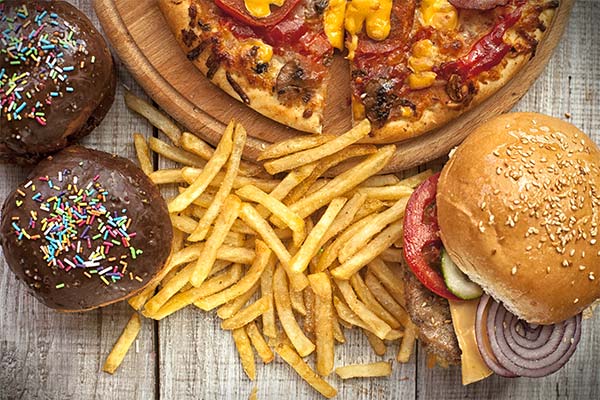
Foods prohibited in psoriasis include:
- Berries: strawberries, strawberries, raspberries, all kinds of currants.
- Fruits: all citrus fruits except grapefruit, pomegranates, plums.
- Vegetables: all those belonging to the Solanaceae family - potatoes, tomatoes, eggplants, peppers.
- Poultry: goose, duck, chicken thigh, turkey, poultry skin.
- Meat: beef, pork, minced meat of these kinds, veal, all by-products, and mutton if it has been cooked with starch.
- Fat dairy products.
- Yeast and dishes in the preparation of which it has been used.
- Fish: salmon, herring, anchovies.
- All kinds of crustaceans and seafood, caviar.
- Sausage products, smoked meats, semi-finished products.
- All kinds of sauces, even homemade, ketchup and mayonnaise.
- Canned mushrooms, vegetables and fruits.
- White bread, baked goods and pastries, all kinds of desserts.
- Chocolate, candy, all kinds of confectionery cream.
Do not cook food by frying, including stir-frying, battering and breadcrumbs. Smoking and cooking on coals should be avoided. Do not cook with a lot of spices and salt.
Severe food restrictions are imposed in the acute form of psoriasis, so as not to aggravate the situation. Fatty, fried food can also negatively affect the functioning of other body systems, which should be avoided in order not to provoke complications. If the remission process lasts long enough, after consulting a nutritionist, some of the above-mentioned foods can be gradually included in the diet. But their consumption should be strictly regulated. If after eating one cake the body did not react sharply, then sometimes it is possible to include it in the diet and indulge yourself. Sometimes, even during an exacerbation, moderate consumption of not recommended products may not have a strong effect and not aggravate the condition. But this does not mean that you can eat sausage sandwiches uncontrollably.
What you can and can't drink with psoriasis
Drinking regimen plays an important role in the normalization of the body in psoriasis. Autoimmune diseases are associated with metabolic disorders and the removal of toxins from the body. Therefore, it is especially important in the period of exacerbation, and in remission, to drink a sufficient amount of fluid. On average, its volume per day should be 6-8 glasses or 2-2.5 liters. Experts are in disagreement about what kinds of fluids can be included in this volume. Some argue that it should only be pure drinking water. Other drinks may also be consumed, but their volume is not counted. Others insist that this volume includes all permitted drinks: water, homemade compotes, morses, freshly squeezed juices.
Allowed and recommended drinks include:
- Pure drinking water without additives or flavorings.
- Compotes, morses, juices of homemade from approved fruits and berries.
- Alkaline mineral or table water.
- Green tea, but not strong (you can add juice or a slice of grapefruit).
- Chamomile tea.
- Water infusions of linden blossoms, calendula, young birch leaves.
- Decoction of rosehips, but not strong.
Under the ban fall:
- Coffee and black tea, even diluted with milk.
- Juices, morses, compotes factory production - they necessarily have dyes, preservatives, a lot of sugar.
- Sweet fizzy drinks.
- Alcohol, all kinds of it, regardless of the amount of alcohol in it. Alcohol should be eliminated first of all. People who regularly drink alcoholic beverages are many times more likely to get psoriasis.
Sometimes one cup of coffee a day is allowed if a person is addicted to this drink. But even in this case, there are restrictions not only in quantity. Coffee must be black, without sugar or caffeine.
Diets for psoriasis
A healthy diet is an important factor in the treatment of psoriasis. Of course, it can not replace medicines and procedures, but effectively complements them. Together, they form a set of measures that will reduce inflammation and improve the condition. The diet will also help prevent the exacerbation of related diseases.
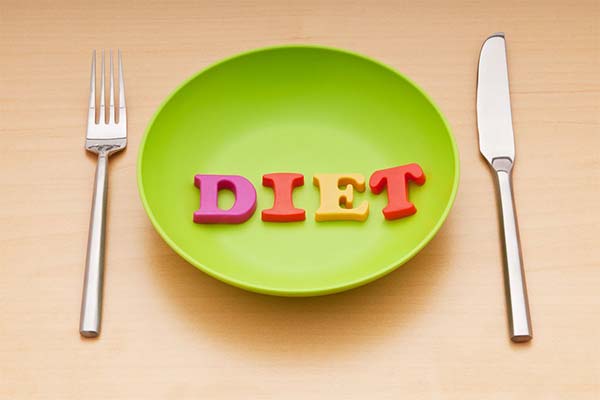
This autoimmune disease is complicated, so there is no one-size-fits-all diet that can relieve most of the symptoms and relieve the patient's condition. Many patients have noted that a change in diet and nutrition has a profound effect on the course of the disease. When the diet becomes more balanced, harmful products are excluded, and the diet is followed, the state of health significantly improves. During remission, good nutrition plays an important role and makes it possible to extend the process as long as possible. Also, a healthy diet has a favorable effect on the body's absorption of medications and treatments recommended for psoriasis.
As already noted, there is no universal diet for psoriasis. The diet and ration is made in accordance with the individual characteristics of the patient's body. Also, concomitant diseases that the person already has must be taken into account. The diet is chosen individually - on tastes, food habits.
Exclusion of allergens from food
Products that may cause an allergic reaction should be excluded from the diet, especially during exacerbation. Allergies, just like psoriasis, provoke the beginning of an inflammatory process on the surface of the skin, which will only further aggravate the general condition and the course of the disease. It is recommended to visit the doctor and make a test to identify those products and food additives, which may cause an allergic reaction. During the period of psoriasis exacerbation, they should be definitely excluded from the diet. When remission occurs, they should be consumed with great caution.
Diet against obesity
Scientists established long ago the connection between the presence of extra weight and the appearance and aggravation of psoriasis. So people who are overweight have twice the risk of psoriasis. Patients who are already diagnosed with psoriasis and are obese have a more complex and severe form of the disease. Therefore, all diets that aim to reduce body weight usually have a favorable effect on the treatment of psoriasis as well.
But not every diet aimed at losing weight proves to be effective and beneficial in the treatment of psoriasis. More often than not, you can find diet programs that aim at rapid weight loss - intensive starvation, drastic reduction of calories, ketodiet and other mono-diet programs. They allow you to quickly achieve the desired result by putting the body under stress. This is not exactly a helpful and healthy approach to dieting. First, usually after the end of such a diet, more than half of the people quickly regain their previous complexion, as they return to their usual regime and volume of food. Secondly, excessive restrictions are a strong stress on the body. This can lead to a slowdown and disruption of the metabolism, which can cause exacerbation of psoriasis.
It is necessary to remember that a healthy diet involves a balanced diet, which has all the necessary substances, elements, vitamins and minerals. Here it is worth using the principle of portion size limitation and switching to the principle of split meals. It is necessary to eat more often, but less.
The best solution would be to follow a diet that is designed for a long period. It is better to switch to a healthy and balanced diet and stick to it for life. In any case, it is necessary to consult a dietitian doctor and together with him to make a diet that will fit the particular person and take into account all the features and eating habits.
Principles of healthy eating:
- A balanced diet with the necessary amount of proteins, fats, carbohydrates, vitamins and micronutrients is important.
- It is necessary to drink enough water. The recommended norm is eight glasses a day. But here it is important to listen to your body.
- Each person needs a different set of foods. It depends on gender, age, eating habits, related diseases, the presence or absence of allergies.
- A day should consume a little less calories than a person spends. Then the weight will gradually go away. This indicator is influenced by the level of physical and mental activity. In the norm, the number of calories eaten should be less than the spent on average by 200-300 units. They should not be reduced by more than 400 calories. Otherwise the weight will go too quickly, which may cause imbalance.
- A balanced diet will allow you to stick to it throughout life, controlling your weight and well-being.
- The diet should be balanced, which means it should contain all kinds of foods except forbidden ones.
Many studies confirm that weight loss diets help in the fight against psoriasis. The absorption of medications, the general well-being of the person improves, and remission comes more quickly for a long time.
Healthy nutrition for the cardiovascular system
The risk of the development and exacerbation of heart and vascular problems increases in patients with psoriasis. Therefore, you should not ignore diets that help maintain normal cardiovascular function.
Such diets usually exclude from the diet or severely limit the consumption of large amounts of salt and products containing it. You have to give up fatty meats and sugar. You should not use in the diet of products with trans fats. A ban is placed on alcohol, fast food, and ready-to-cook foods.
It is recommended to make a choice in favor of eating vegetables, fruits, lean poultry, fish, legumes, low-fat dairy products, and cereals. It is necessary to consume those types of fish that contain omega-3 fatty acids.
Nutrition to reduce inflammation
It is the inflammatory process that causes the most discomfort and suffering in psoriasis. Therefore, in the period of exacerbation, it is necessary to exclude foods that can provoke it. These include refined sugar, solanaceous vegetables (tomatoes, peppers, eggplant, potatoes), fatty meats and dairy products. Foods that can reduce inflammation include unrefined vegetable oils, fish varieties with omega-3 fatty acids, fruits and vegetables.
Gluten-free diet.
When psoriasis exacerbates, it is worth thinking about giving up foods that contain gluten. Scientists have noticed that people with this diagnosis also often have digestive disorders that are caused by the protein gluten. If you have iron deficiency, diarrhea, bloating, weakness, you should be tested for celiac disease - a disorder of the intestines. If the diagnosis is confirmed, you will have to give up foods containing gluten. This will not only help to improve your general well-being, but also reduce the severity of the course of psoriasis.
Pegano diet
It is possible to meet as a recommended diet for the treatment of psoriasis the method of Dr. Joe Pegano. His method is based on cleansing the body of toxins and detoxes, which the chiropractor believed to be the causes of psoriasis.
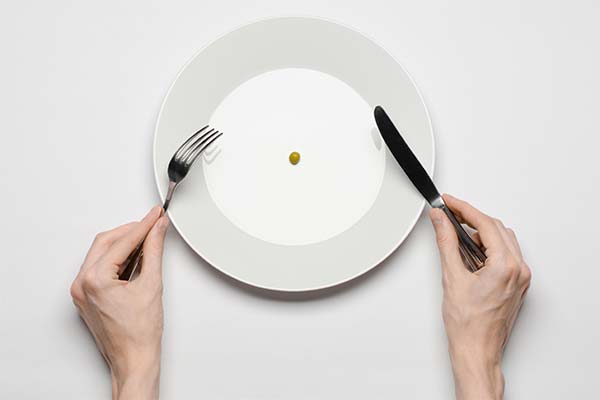
Modern research has proven that this approach has failed. On the contrary, it can cause a significant worsening of the condition. Pegano's diet does not result in the elimination of waste products. Also, his method involves frequent enemas, which can harm the body by flushing out beneficial intestinal bacteria. This can cause the development of dysbacteriosis, which leads to a drop in the level of immunity and exacerbation of psoriasis.
Still, there are followers of this type of diet who achieve quite good results.
The whole process is divided into 4 stages:
- Deep cleansing of the body. Unloading takes place, cleansing the intestines from toxins and slags. It is necessary to follow a strict fruit mono-diet: apple or citrus. You can also stick to a multifruit diet.
- Healthy eating. Only scientifically recommended foods are eaten. No irregularities or indulgences are allowed.
- Physical activity. Physical activity is necessary to improve blood circulation.
- Skin care. It is necessary to visit skin care salons, to carry out cosmetic procedures.
The diet should consist of 70-80% of alkaline-forming foods, and the rest of the diet should consist of acid-forming foods.
The Ogneva diet
This dietary system was developed by a domestic dermatologist. It differs slightly from the Pegano diet, but it is based on the same principle of the ratio of acid-alkaline balance of the body.
There is an obligatory condition for following this diet regime. It is necessary to drink 1.5-2 liters of pure or alkaline water per day.
Features:
- There are no restrictions on the consumption of freshly prepared fruit juices.
- All fruits must be peeled.
- Coffee and tea are forbidden; they are replaced by phyto teas.
- There is a ban on alcohol, soda, salty, sweet, fatty and fried foods.
- Obligatory walks in the fresh air, sports.
- It is necessary to stick to a diet all the time.
- During the remission period, a single use of prohibited products is allowed.
In any case, the diet should be prepared after consultation with a specialist, based on the characteristics of the body, its needs and general state of health.
Recipes for meals with psoriasis
When choosing recipes for cooking, you should be guided by your body. Some people may have reactions to certain products, while others have no problems with their use. It is possible to change some ingredients for those that are better digested or like them better.
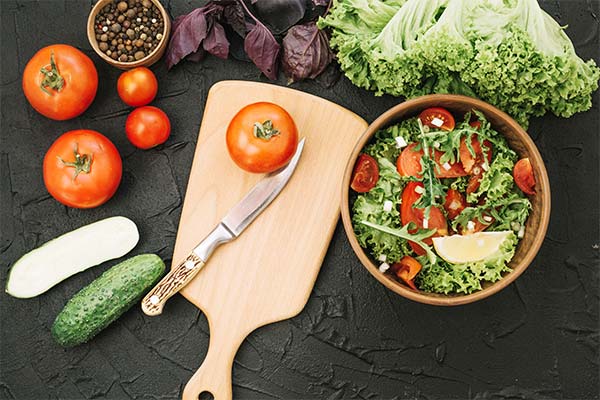
Regardless of the characteristics of the body, general rules of nutrition should be followed, which can be applied to everyone:
- It is necessary to change the eating regimen. Food should be eaten 4-5 times a day in small portions, to avoid overeating. In addition, so it is better absorbed by the body.
- You should pay attention to the number of calories consumed during the day. It should not exceed the number of calories your body expends.
- It is necessary to give up coffee. It can be replaced by weak green tea.
- During the day, you can drink compotes, morsels, decoctions of herbs and rose hips, prepared at home. Instead of sugar, it is better to use natural sweeteners.
- It is necessary to drink clean drinking water. It should not come from the tap. Carbonated water is also excluded.
- The daily norm of bread is 1-2 slices. Bread can be black or cereal.
- It is important to try not to eat dinner too late. It is necessary to give time for the body to prepare for sleep.
- Observing the basic principles of nutrition will help to keep the body in a normal state and to monitor your health.
- When cooking, you should give up frying in oil or in a deep fryer. It is better to cook with steam or stew. A multicooker can be a good help in the kitchen. Cooking in the oven is also allowed.
Fish cutlets in the oven
Ingredients:
- 250 g of white fish fillets;
- 2 cloves of garlic;
- 1 small onion;
- 1 small carrot;
- 1 egg;
- dill;
- salt to taste;
- vegetable oil.
Preparation:
- Grind fish fillets into minced meat. You can finely chop it. Immediately salt it.
- Chop the onion finely or chop it with a blender.
- Pass the garlic through a special press.
- Grate carrots on a medium grater.
- Mix everything together with minced meat. Add raw egg and finely chopped dill. Once again, knead the force-meat well together with the rest of the products.
- Prepare a tray or dish for baking in the oven. Cover it with parchment paper and grease it with vegetable oil.
- Make small burgers. Spread out on a baking tray.
- Bake in a preheated oven for 20-30 minutes at 200 degrees.
Meat Muffins (chicken)
Ingredients:
- 300 g of minced chicken, preferably from the breast;
- 1 egg;
- 1/2 small zucchini;
- A few feathers of green onions;
- A small bunch of dill and parsley;
- salt to taste.
Preparation:
- Salt the stuffing. Finely chop herbs, onions. All put in the stuffing and mix well.
- Grate zucchini on a coarse grater. Before adding it to the filling, squeeze it well in order to remove excess moisture. Mix with chicken and chopped greens.
- Add the egg and knead well again.
- Take a special muffin tin. Grease the muffin tins with butter. Fill the muffin tins with the filling, without pushing the filling up to the edges of the tin.
- Bake in oven at 200 degrees for 20-30 minutes.
- Take muffins out of the molds. Serve warm.
Stewed carrots with apples and celery stalk in the multicooker
Ingredients:
- 4 medium apples;
- 1 large carrot;
- 4 stalks of celery;
- A few green onion feathers;
- bunch of parsley;
- 3 tbsp. vegetable oil;
- salt to taste.
Preparation:
- Pour the vegetable oil into the bowl of a multicooker.
- Cut carrots into thin slices. You can use a grater. Place the first layer in the multicooker.
- Peel the apples from the skin, remove the core, cut into straws. Place the prepared apples on top of the carrots.
- Slice celery. Place in a bowl of a multicooker.
- Finely chop green onions. Also load into the multicooker.
- Do not forget to salt each layer a little.
- Close the lid of the multicooker. Select the baking mode and set the timer for 20 minutes. But after a quarter of an hour, stop cooking, open the lid and stir the ingredients.
- Ready dish put on a plate and sprinkle with finely chopped parsley.
Avocado Salad.
Ingredients:
- 1 avocado;
- 1 tbsp. olive oil;
- 2 hard-boiled eggs;
- 1 medium sized red onion;
- 1 small bunch of parsley;
- Salt to taste.
Preparation:
- Slice onions thinly in half rings. Put in a salad bowl, salt and mix.
- Finely chop parsley.
- Cut the eggs into small cubes.
- Mix the vegetables and season with olive oil.
- Remove the avocado from the pit and remove the skin. Cut the pulp into small cubes. Once again, mix all the ingredients well.
Stewed cabbage with turkey in the multicooker

Ingredients:
- 400 g turkey;
- 1 large onion;
- 800 g white cabbage;
- 150-180 grams of carrots;
- 2 cloves garlic;
- 3 tbsp. any vegetable oil;
- 300 g of tomato juice;
- salt to taste.
P.S If there is a reaction to tomatoes, then it should be replaced by water, slightly acidified with lime juice.
Preparation:
- Cut the turkey into small pieces. Salt and stir it.
- Pour oil in the bowl of multicooker. Then put sliced turkey in it.
- Cut onion into medium cubes. Spread evenly over the turkey.
- Chop the garlic and put it in the multicooker.
- Grate carrots on a coarse grater. Also evenly distribute in a bowl.
- Finely chop cabbage. Place on top of the other ingredients, it should be well kneaded beforehand.
- Pour freshly prepared tomato juice over everything.
- Close the lid, select the stew mode. Set the timer for 1 hour.
- Every 15 minutes open the lid and stir the ingredients. Once the cabbage is ready and there is almost no liquid left, you can stop the stewing process. It may take less or more than the set time. It all depends on the cabbage.
Cold Soup
Ingredients:
- 1 tbsp. kefir;
- 1 fresh cucumber;
- 1 clove of garlic;
- A few sprigs of fresh dill;
- salt to taste.
Preparation:
- Pour the kefir in a bowl or container. Slightly salt it.
- Finely chop the dill and mix with the kefir.
- Grate the garlic on a fine grater.
- Grate cucumber on a coarse grater, put in a bowl with kefir, dill and garlic. Once again mix all ingredients. Leave in the fridge to cool.
Homemade yogurt.
Ingredients:
- 1 L of milk;
- 150 grams of white bio-yogurt with lactobacilli and sourdough without any fillers or flavorings.
Preparation:
- Heat the milk a little so that it is warm.
- Add the yogurt to the warm milk and mix well until a homogeneous consistency. The fat content of the dairy products to choose according to your preferences and doctor's orders.
- Cover the resulting mass and leave for 12-24 hours on the table at room temperature. After 12 hours the yogurt will be liquid, if you wait a day - it will thicken more.
It can be eaten with coarsely chopped peaches or sweetened with stevia.
«Important: All information on this site is provided for informational purposes only. purposes only. Please consult with a health care professional before using any of our recommendations. health care professionals before using any of the recommendations. Neither the editors nor the authors shall be liable for any possible harm caused by materials."

